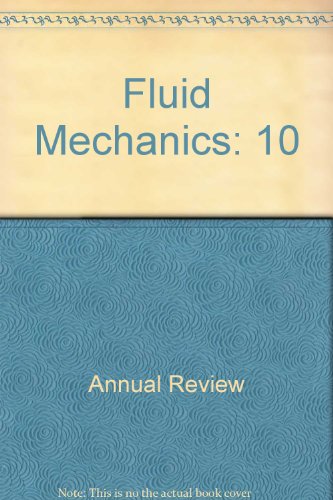动态模态分解及其变体
IF 30.2
1区 工程技术
Q1 MECHANICS
引用次数: 125
摘要
动态模态分解(DMD)是一种对数据序列进行因式分解和降维的技术。在其最常见的形式中,它处理高维顺序测量,提取连贯结构,分离动态行为,并将复杂的进化过程简化为其主要特征和基本组成部分。分解与Koopman分析密切相关,自其引入以来,已经产生了各种扩展、概括和改进。它已被应用于从简单到复杂的流体系统的数值和实验数据序列,并且还在流体动力学之外产生了影响,例如视频监控,流行病学,神经生物学和金融工程。本文重点介绍了DMD及其变体的实际应用,以及它作为复杂流体过程定量分析工具的用途和特点。预计流体力学年度评论的最终在线出版日期,第54卷是2022年1月。修订后的估计数请参阅http://www.annualreviews.org/page/journal/pubdates。本文章由计算机程序翻译,如有差异,请以英文原文为准。
Dynamic Mode Decomposition and Its Variants
Dynamic mode decomposition (DMD) is a factorization and dimensionality reduction technique for data sequences. In its most common form, it processes high-dimensional sequential measurements, extracts coherent structures, isolates dynamic behavior, and reduces complex evolution processes to their dominant features and essential components. The decomposition is intimately related to Koopman analysis and, since its introduction, has spawned various extensions, generalizations, and improvements. It has been applied to numerical and experimental data sequences taken from simple to complex fluid systems and has also had an impact beyond fluid dynamics in, for example, video surveillance, epidemiology, neurobiology, and financial engineering. This review focuses on the practical aspects of DMD and its variants, as well as on its usage and characteristics as a quantitative tool for the analysis of complex fluid processes. Expected final online publication date for the Annual Review of Fluid Mechanics, Volume 54 is January 2022. Please see http://www.annualreviews.org/page/journal/pubdates for revised estimates.
求助全文
通过发布文献求助,成功后即可免费获取论文全文。
去求助
来源期刊
CiteScore
54.00
自引率
0.40%
发文量
43
期刊介绍:
The Annual Review of Fluid Mechanics is a longstanding publication dating back to 1969 that explores noteworthy advancements in the field of fluid mechanics. Its comprehensive coverage includes various topics such as the historical and foundational aspects of fluid mechanics, non-newtonian fluids and rheology, both incompressible and compressible fluids, plasma flow, flow stability, multi-phase flows, heat and species transport, fluid flow control, combustion, turbulence, shock waves, and explosions.
Recently, an important development has occurred for this journal. It has transitioned from a gated access model to an open access platform through Annual Reviews' innovative Subscribe to Open program. Consequently, all articles published in the current volume are now freely accessible to the public under a Creative Commons Attribution (CC BY) license.
This new approach not only ensures broader dissemination of research in fluid mechanics but also fosters a more inclusive and collaborative scientific community.

 求助内容:
求助内容: 应助结果提醒方式:
应助结果提醒方式:


